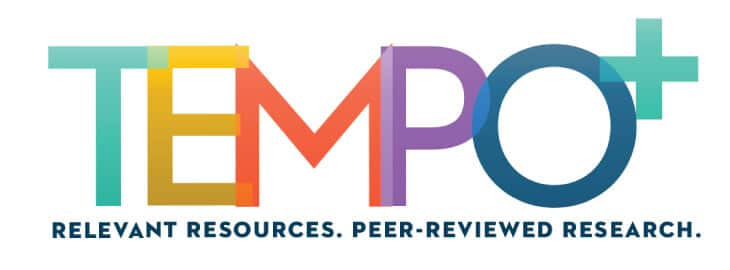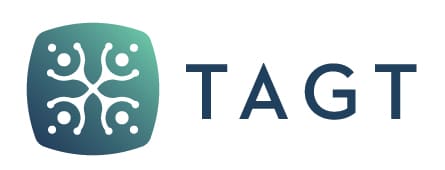TED Talks
Have you met my friend TED? TED, Technology, Entertainment, and Design, is a global set of conferences that began in 1984. TED Talks are filled with “ideas worth spreading.” In 2006, TED Talks became available free and online; since then, TED Talks have been reaching people all around the world.
At https://www.ted.com/, teachers can find talks that are current and typically less than 20 minutes. These TED Talks offer great introductions, conversation starters, or reinforcement to lessons currently in place in the classroom. You can find talks on an endless number of topics, but the following list includes some favorites that are especially useful in the gifted classroom.
Sir Ken Robinson’s “Do Schools Kill Creativity?” is a humorous talk about the importance of developing and supporting creativity in schools. With gifted students, this TED Talk helps students understand that there is more to the world and to school than standardized tests.
In Carol Dweck’s talk, “The Power of Believing That You Can Improve,” students of all ages are inspired to believe they can continue to grow and learn. This talk about growth mindset encourages gifted learners to take risks and to value effort in all that they do.
Another classroom favorite is Jack Andraka’s TED Talk, “A Promising Test for Pancreatic Cancer . . . from a Teenager.” Jack tells of his journey to create a test to detect pancreatic cancer in its early stages. Jack is a gifted teenager who did not give up. He kept working, exploring, and learning until he found an answer. His story is inspiring and shows that even a teenager can change the world.
If you find the time to search through the TED Talks, you will not be disappointed. Each year new and inspiring talks are added. This resource is an easy way to bring relevant, current, and engaging speakers right into your classroom.
Audio PowerPoint
Although many educators are familiar with PowerPoint, they may be less familiar with using PowerPoint as a tool for student narrated videos. To produce a narrated PowerPoint, follow these steps:
Create the PowerPoint slides as normal, adding any desired text and images. If students have created work on paper, these images can be scanned, saved, and inserted into the PowerPoint.
Add audio by simply selecting “Slide Show” from the horizontal menu at the top of the screen. Then click “Start Recording from Beginning” or “Start Recording from Current Slide.” (It should be noted that, depending on the computer one is using, these steps may vary to a degree.) A small recording bar will be displayed at the top of the screen.(Nearly all computers contain an integrated microphone that is adequate; however, an inexpensive external microphone can be purchased to improve sound quality.)To pause the recording, click the pause button or the escape button.To advance to the next slide, click the arrow key or space key.
Save the file as a video by selecting “Compress Media” and then selecting “Internet Quality.”The product will be saved as a .wmv file that can be uploaded to YouTube.
The audio PowerPoint can be used to create a commercial, a narrated story, or a digital book, among other products. Archived presentations and projects may be accessed by students and teachers in the future.
Skype
Skype is the ultimate technological vehicle for providing students with opportunities to interact in real time with others in their community, state, country, or around the world. People, places, and events can become easily accessible, making your classroom a window to the world. In fact, with Skype, the possibilities are endless. You can use Skype to:
Visit with a college professor, an Arctic explorer, or a scientist or engineer from the National Aeronautics and Space Administration (NASA) Center, or have story time with a well-known author who reads and leads a discussion with the class.
Provide your students with a venue to present their products to experts in a field of study or with students in other countries.
Establish friendship chats with and see classmates who are unable to attend school to feel a part of their class and engage in special projects and assignments along with their teachers and classmates.
Interact with students in a class at another campus or around the world to share cultural experiences or engage in conversations on topics of interest.
Differentiate instruction as part of a center or station in the classroom. This can be easily accomplished by grouping students according to ability and/or interest and allowing each group to rotate through a teacher-led center using Skype to brainstorm, make presentations, or exchange questions with groups of students in another locale.
Skype is not only a useful tool for student learning. It also provides a valuable platform for teachers to share ideas and network, allowing them to arrange classroom sessions with one another beyond the walls of the school. Skype in the Classroom (https://education.microsoft.com/skypeintheclassroom) provides a searchable database that allows teachers to connect with colleagues who teach similar subjects and grade levels. Looking for a teacher whose class is working on a project similar to yours? Skype in the Classroom can help make the connection.
Joyce E. Kyle Miller, Ph.D., is a faculty member at Texas A&M University-Commerce. Dr. Miller received the bachelor’s of arts degree in English and Spanish, a master’s of education degree, and a doctorate in secondary education and college student personnel administration from the University of North Texas (UNT), Denton, TX. Postdoctoral study in gifted education was completed at UNT and the University of Connecticut at Storrs, CT. Prior to completing her doctoral degree, Dr. Miller taught English and Spanish in public schools in Texas. She holds certifications in English, Spanish, gifted education, secondary instruction, and supervision. Dr. Miller teaches courses in gifted education, curriculum, instruction, research, and philosophy; she coordinates the secondary education program and has developed the Gifted Education Graduate Program at A&M Commerce. Dr. Miller is a member of the board for the Texas Association for the Gifted and Talented (TAGT), former chair of the Research and Dual Language/Multicultural divisions of TAGT, and a member of the Special Populations and Curriculum Divisions for the National Association for Gifted Children. Dr. Miller is a member of the World Council for Gifted and Talented Children and recently completed a 2-year term as one of three USA Delegates to the World Conference for the Gifted and Talented, which was held in Odense, Denmark in August 2015. Research and writings have addressed web-based instruction, the gifted culturally diverse learner, and the African American learner. Dr. Miller has also developed and taught more than 12 different online graduate courses at Texas A&M Commerce, five of which are in gifted education.
Raine Maggio is a coordinator for Round Rock ISD. She has been teaching gifted education for 18 of her 21 years in the classroom. She has served as Region XIII Director of TAGT and was honored to receive 2006 Region XIII Outstanding Teacher of the Gifted as well as Round Rock ISD’s Elementary District Teacher of the year. Raine received her bachelor’s degree at the University of Texas at Austin and master’s in educational psychology with emphasis in gifted education from the University of North Texas.
Jacqueline Riley, Ed.D., is an assistant professor at Texas A&M University-Commerce in the Department of Curriculum and Instruction where she teaches classes that prepare educators to meet the cultural and linguistic needs of English language learners. Her research focuses on bilingual students’ literacy development and use of technology. Dr. Riley has taught English as a second language to elementary students and adult immigrants. She has also taught Spanish as part of a primary afterschool program and taught Spanish to high school students and adults.







